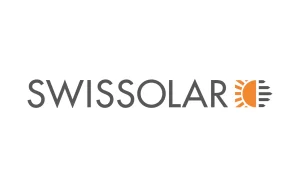Building-integrated photovoltaics are dual purpose construction materials that use the photovoltaic effect to produce clean electricity and double as the exterior climate screen of a structure. From windows and skylights fortified with PV glazing, to rooftops, building facades or railings, photovoltaic components are fully-integrated into the building. Structurally, BIPV materials replace fundamental architectural elements.
Learn why BIPV is changing the solar industry
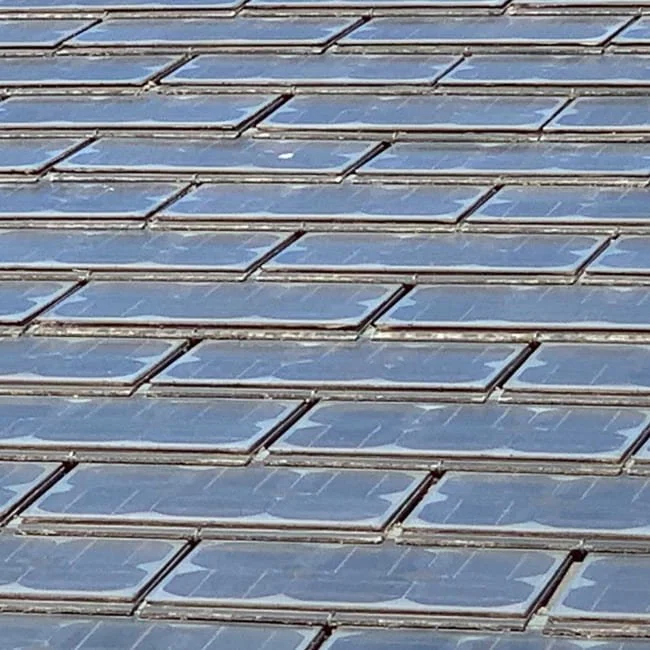
SunStyle’s first BIPV roof installed in 1998
BIPV replaces building elements
From windows and skylights reinforced with PV glazing to roofs, building facades or railings, photovoltaic components are fully integrated into the building. Structurally, BIPV solar installations replace basic architectural elements. With solar roofs at the forefront of a bold evolution in the solar industry – from solar panels to solar roofs – BIPV is at the leading edge of solar technology.
BIPV develops rapidly
Since its inception in Europe in the early 1990s, BIPV has hovered on the cusp of market success. After the first wave of solar companies to attempt the commercialization of BIPV products largely failed due to a lack of cost competitiveness with traditional solar modules, prospects today are promising. The market for building-integrated photovoltaic systems (BIPV) is growing as the technology matures and costs fall.
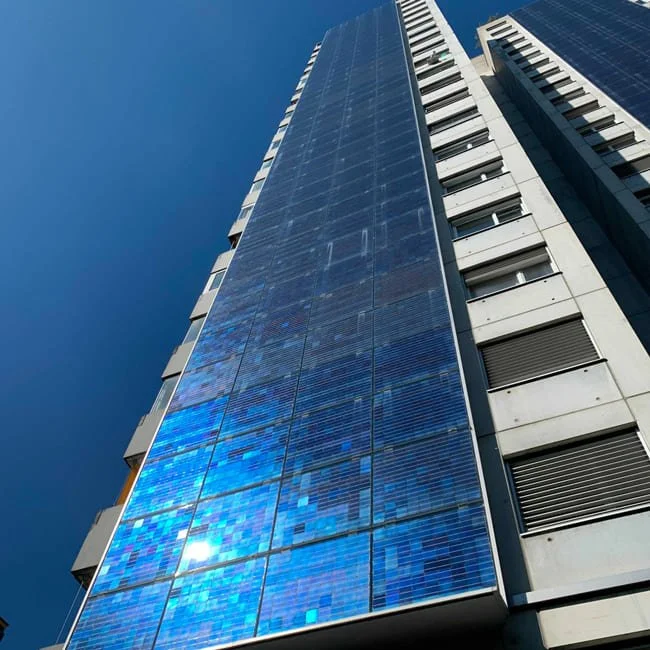
BIPV facade in 1998
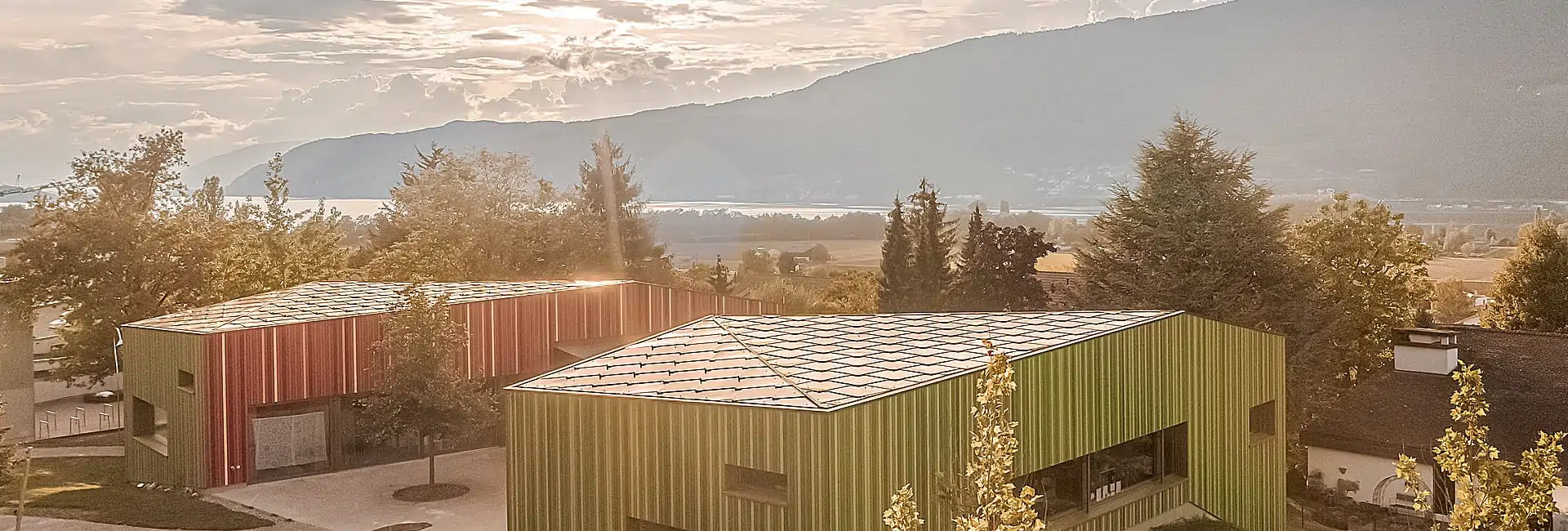
BIPV now in 2021
Architects rely on BIPV
Architects are gravitating towards BIPV for its versatility, tapping into the energy potential of an all-productive surface. For the first time, double-duty materials are lowering costs as compared to traditional solar panels, which must be attached to an existing, architecturally sound structure. The incorporation of multifunctional materials into green design also allows for onsite production of electricity, with the compelling potential to reduce a building’s dependence on the grid.
Strict climate policies aimed at accelerating our collective shift towards carbon neutrality will also be a boon to building integrated PV. Last year, California decreed that most new homes must be fitted with solar energy systems. A handful of cities—Watertown, Massachusetts among them—now mandate that qualifying buildings be retrofitted with solar and that new constructions be “solar ready.” Climate lobbyists intend to have similar legislation introduced in a dozen states by 2022. These recent compulsory solar policies are already driving demand for more beautiful, sustainable construction products.
By boasting the same functionality and a more customized aesthetic, building-integrated PV offers a solution for those who may not like the look of traditional solar panels. Beyond its integration into new buildings, a more subtle appearance means BIPV has been employed in renewable energy renovations within protected cultural heritage sites. Also unlike traditional panels, colored layers or films can be built into BIPV technology, allowing for personalized color-coating to complement any architectural style.
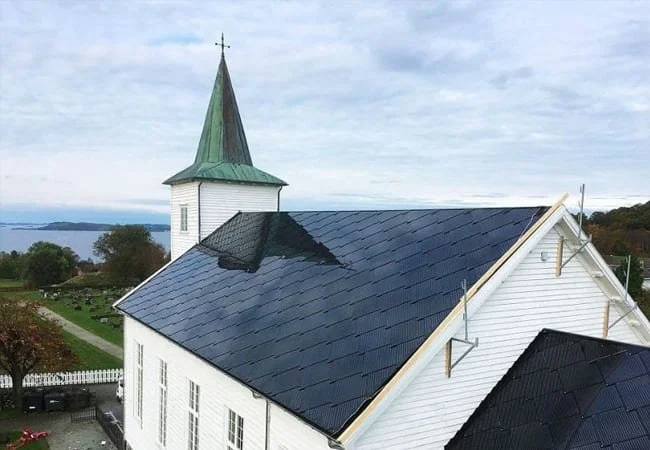
SunStyle BIPV roof on a 19th century church in Norway (2016)
SunStyle leads in BIPV
Having gained traction across European markets in the last decade, SunStyle is one of only a handful of companies performing both residential and commercial BIPV installations in the US today. A leader in the development of building integrated photovoltaics, SunStyle offers a patented solar roof that is lower profile than a rack-mounted array and sleeker than regular roofing shingles. SunStyle solar shingles preserve the design of the roof by eliminating noticeable blocks of panels and complementing any architectural aesthetic.
Have a look at our gallery to convince yourself.
More information on SunStyle solar tiles for residential and commercial properties.
For more information about SunStyle’s solar roof, visit sunstyle.com
Power your interest in the future of solar roofing by following us:
Instagram @sunstyle_solar
Facebook @sunstylesolar
LinkedIn linkedin.com/company/sunstylesolar
Youtube @youtube channel


